My buddy recently decided he wanted to watercool his Asus GTX1070. There’s only two real choices: the NZXT G12 bracket (which replace the stock cooler) and the Corsair HG10 N980. The HG10 isn’t actually made for the 10 series, but is apparently easily modified to clear the VRM caps using some power tools. The G12 claims full compatibility with 1070 series cards, so he went with that. He also picked up a Corsair H75 which is fully compatible with the G12 bracket.
After taking the stock cooler off, it was immediately clear that the VRM caps were going to interfere with the curved standoffs the G12 uses to mount to the card.
Image may be NSFW.
Clik here to view.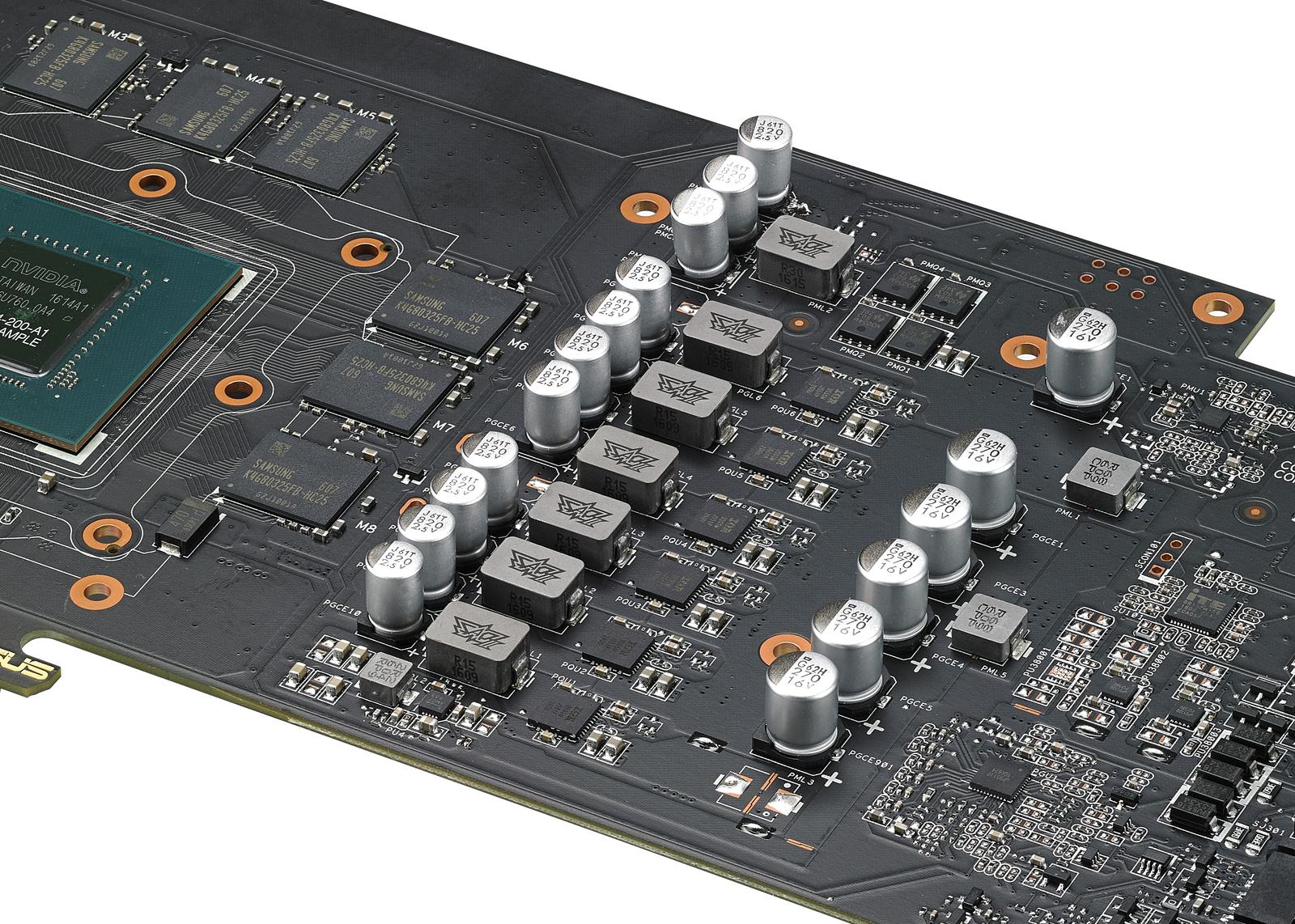
Nothing a little grinding can’t fix! With a file, some thin washers, and about 15 minutes, it’s easy to modify the G12 to fit this specific card. The main issue here is the flanged lip visible on the bracket below. It hits the top of the VRM caps.
Image may be NSFW.
Clik here to view.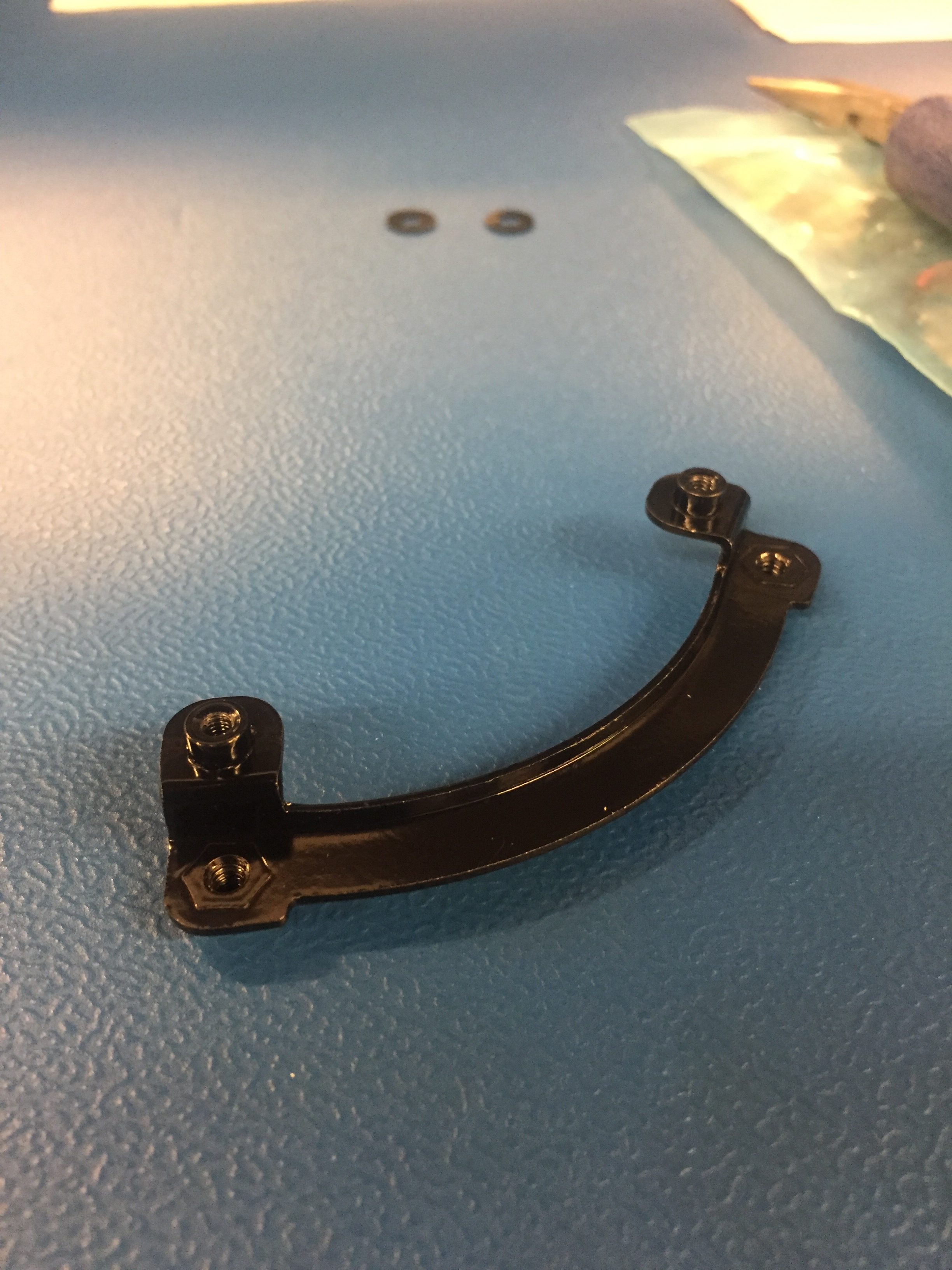
We started by grinding the lip off using a metal file. This only took about 3 minutes; the brackets are relatively soft.
Image may be NSFW.
Clik here to view.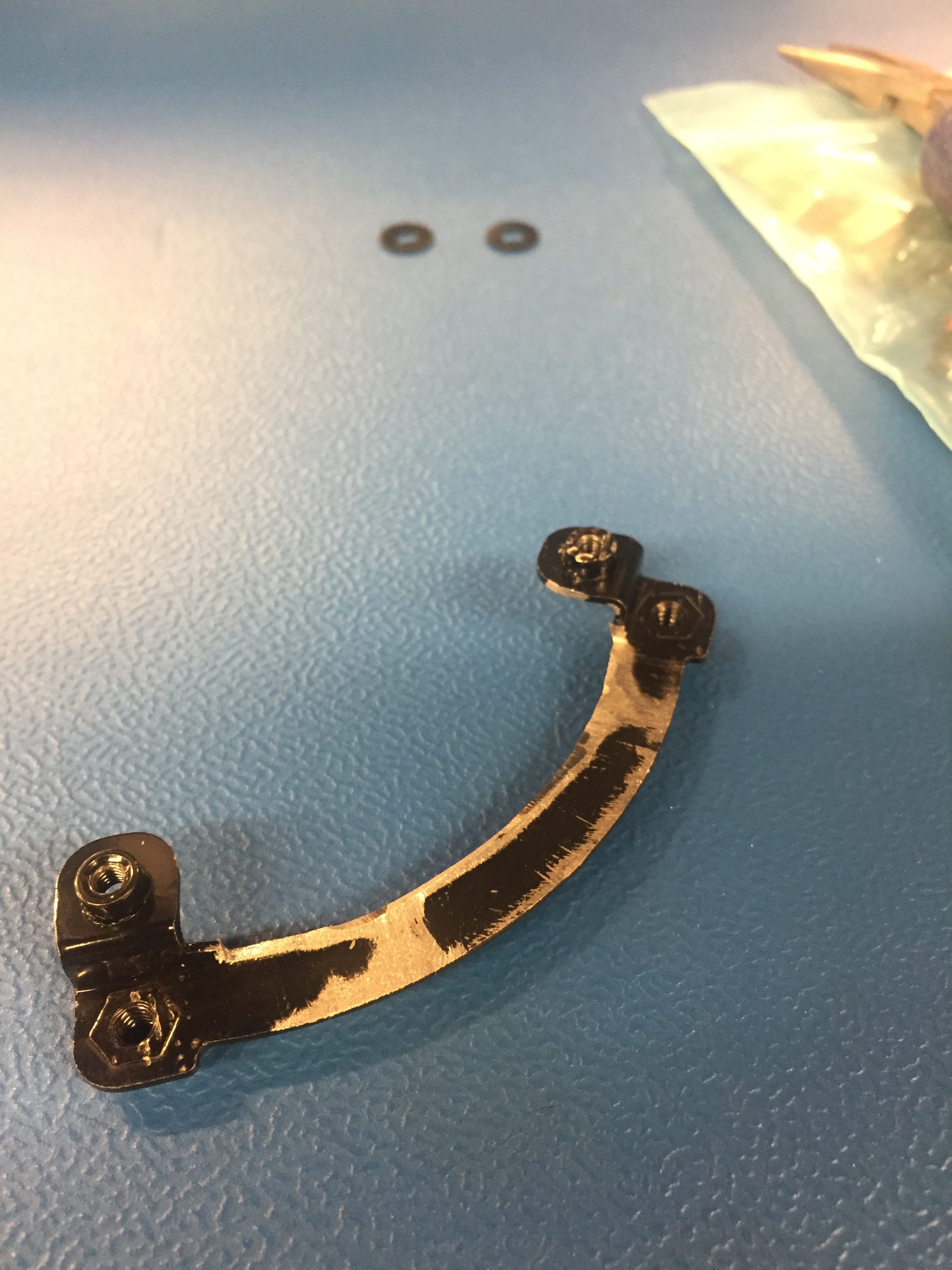
A bit of black sharpie afterward covered it up well enough (these two brackets aren’t visible once the cover is in place).
Image may be NSFW.
Clik here to view.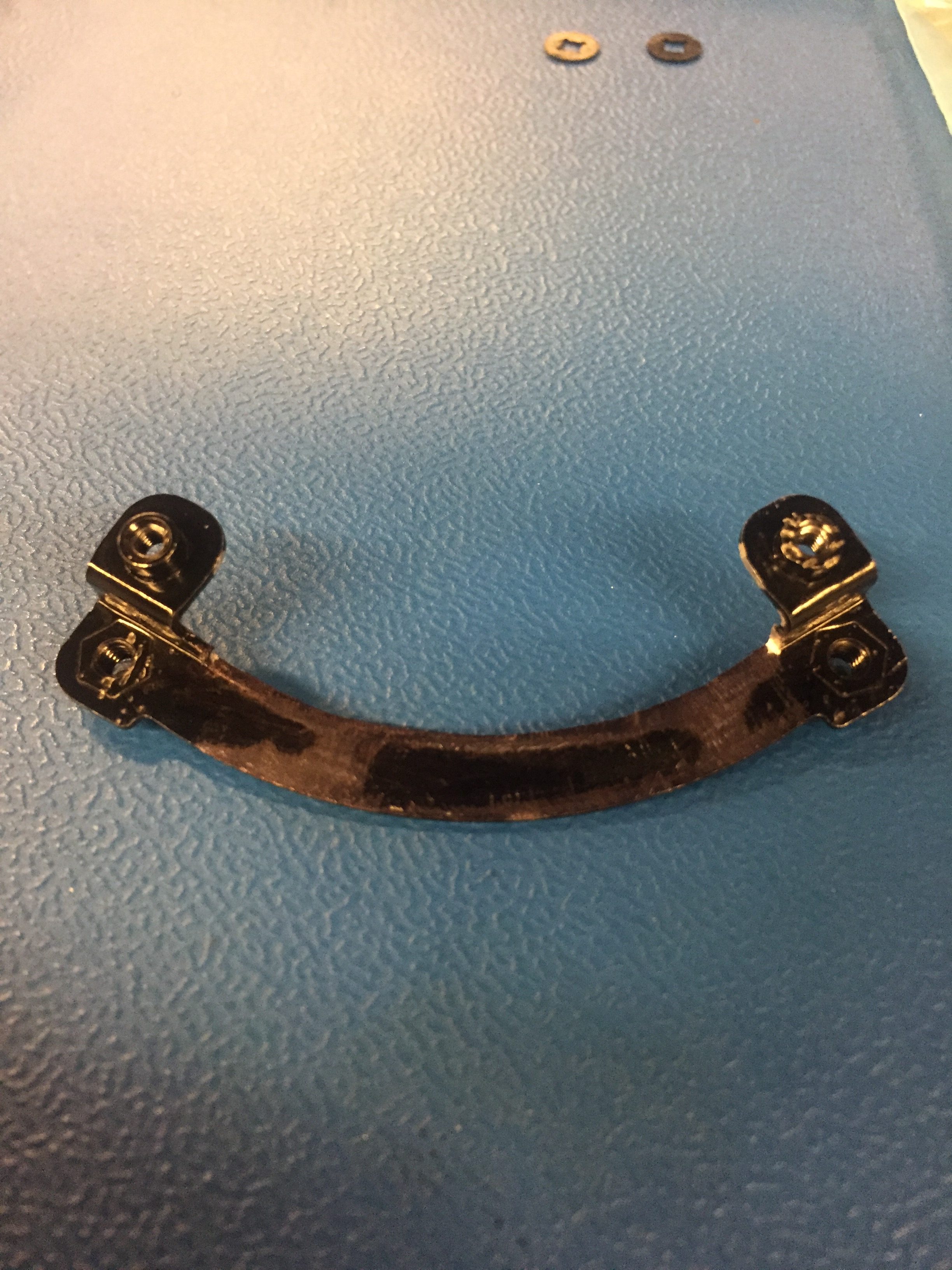
We also added some very thin washers between the bracket and the topside of the PCB to add the slight extra bit of offset needed to clear the caps. They’re no more than 0.5mm thick.
Image may be NSFW.
Clik here to view.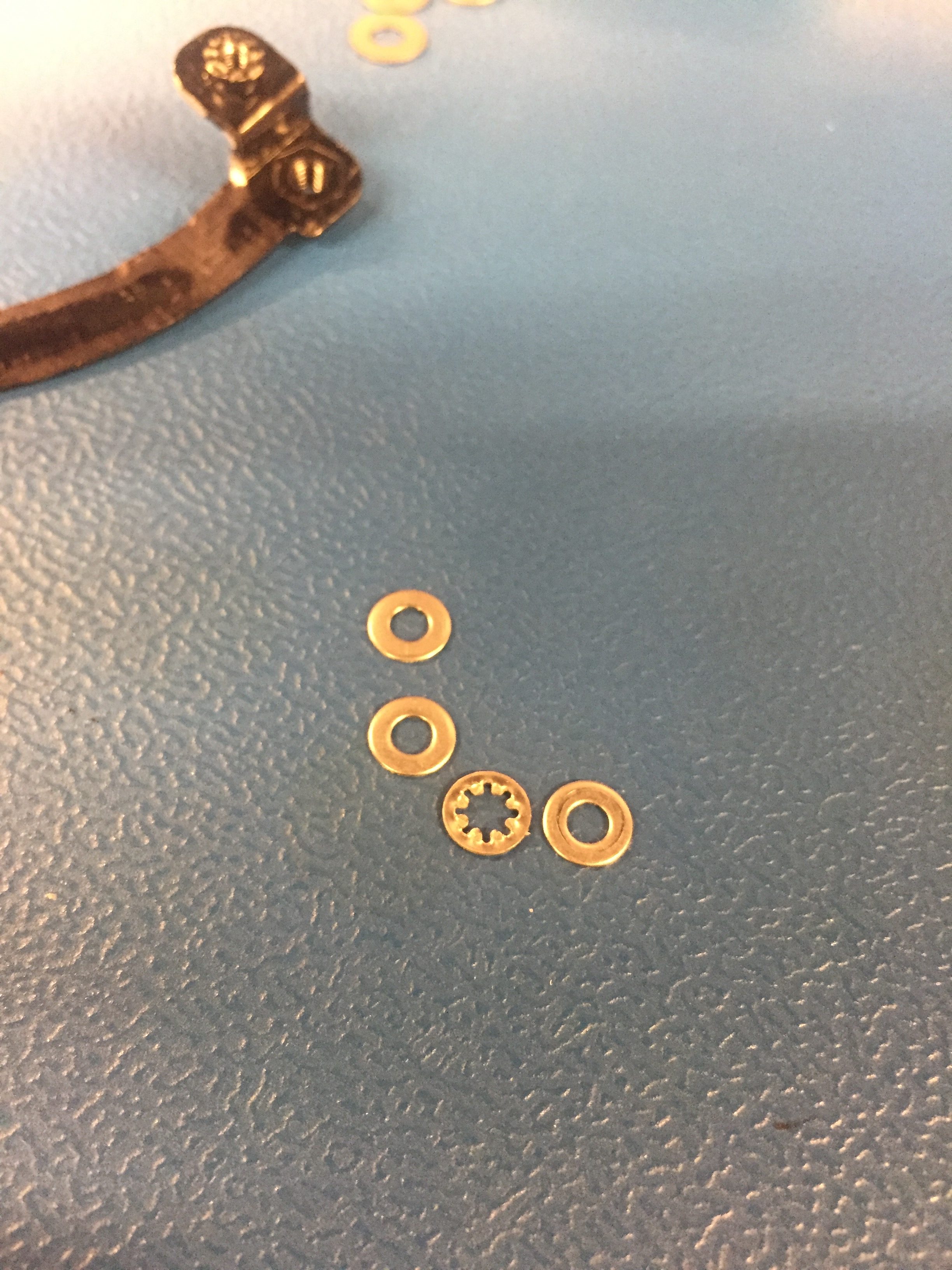
After making these two changes, everything fit just like it should. We added a thin ring of foam between the white bracket and the H75 to make up for the width the thin washers add, but I think you could get away without doing this.
Image may be NSFW.
Clik here to view.
That’s it! Note that when you’re putting this bracket on, with or without this mod, you should only tighten the thumbscrews until you see the card flex ever so slightly. Once you see this, back each thumbscrew off by about 1 full turn. The cooler does not need to be pressed tightly against the die; over-tightening the cooler will put unnecessary strain on the PCB and components and can lead to premature failure of the card due to thermal cycling. It’s also possible to crack or damage the GPU die.
A few more pictures of the final product:
Image may be NSFW.
Clik here to view. Image may be NSFW.
Image may be NSFW.
Clik here to view.
